dirtdad
1 kW
- Joined
- Mar 2, 2008
- Messages
- 309
I have been happily using a Sempu torque-sensing bottom bracket hooked up to a Cycle Analyst, but the BB spindle rounded out and it is time for a replacement. Hoping to get a plug-and-play replacement, I got a Sempu BB on Aliexpress, which looks identical to my dead one. But Sempu upped the pole count to 48, and based on the signals the CA is getting, they went from a 2-wire to a 1-wire type.
Unfortunately, at least with my version of firmware, the most poles my CA supports is 32. If I enter 48 and save it, the CA changes it to 32.
Am I hosed? Is there a firmware change to support 48 pole torque PAS? Some other workaraound maybe?
Unfortunately, at least with my version of firmware, the most poles my CA supports is 32. If I enter 48 and save it, the CA changes it to 32.
Am I hosed? Is there a firmware change to support 48 pole torque PAS? Some other workaraound maybe?


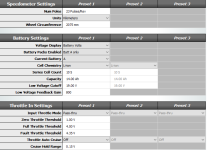

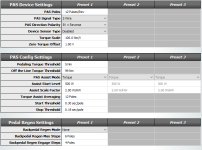


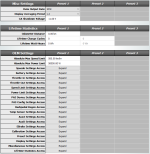
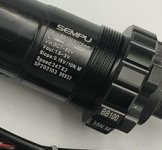
![S9b3593014c9649f0b66e19f0be3890dbT[1].jpg](/sphere/data/attachments/187/187300-fa47a1b32c4c4ab967ab06b43682e17e.jpg)
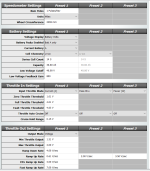
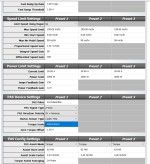
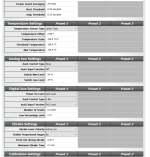

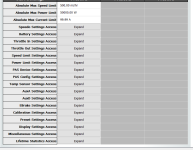
![20210415_184255%20-%20Copy[1].jpg 20210415_184255%20-%20Copy[1].jpg](https://endless-sphere.com/sphere/data/attachments/187/187418-9d0e543064e047c85b6fc439683c47cc.jpg)